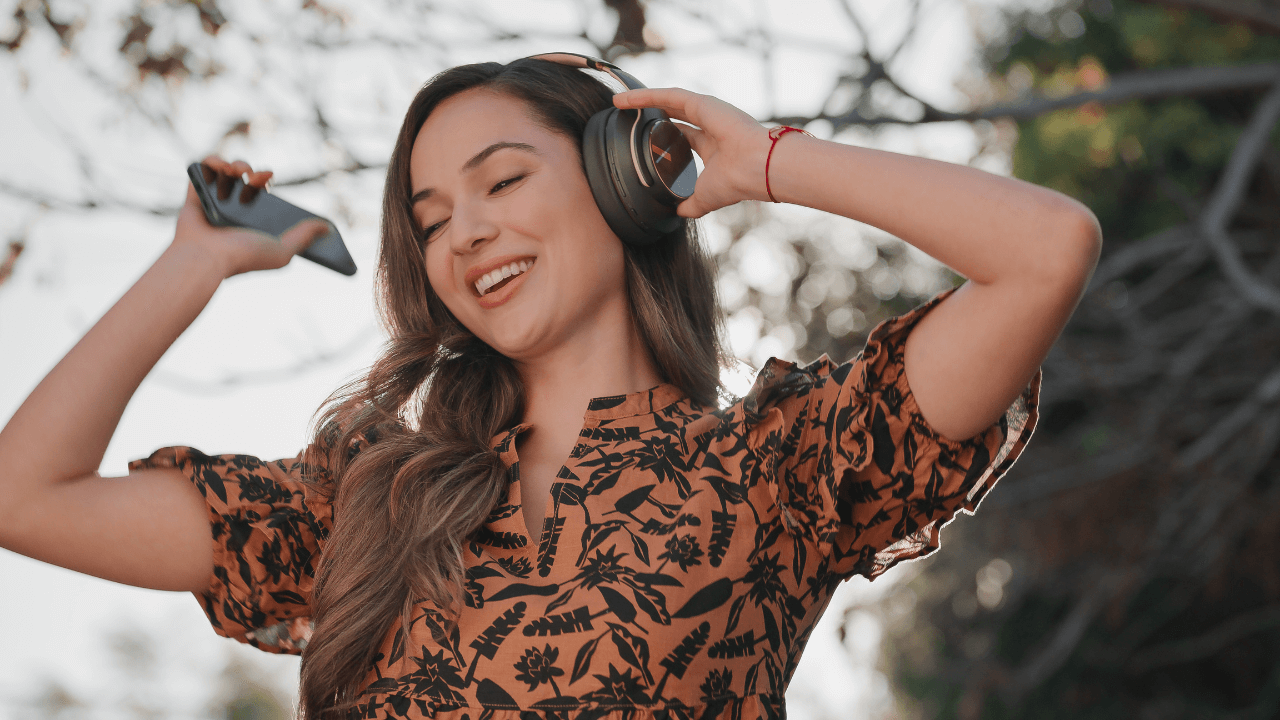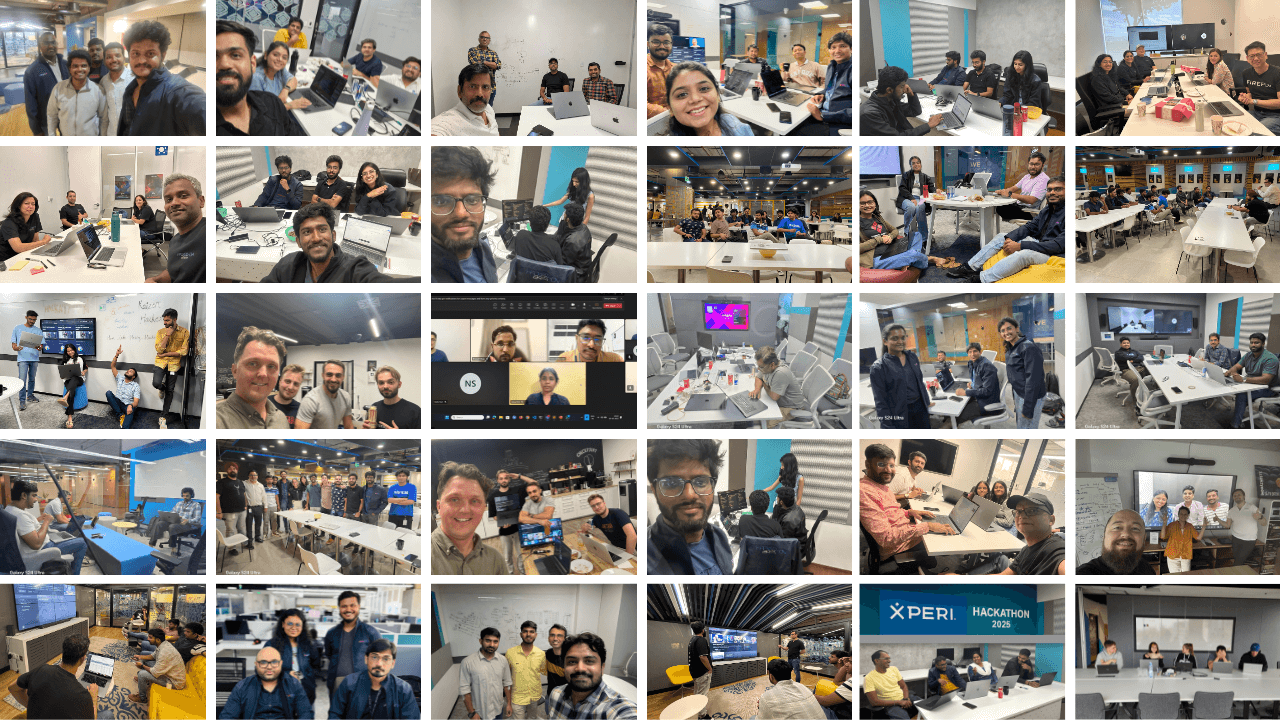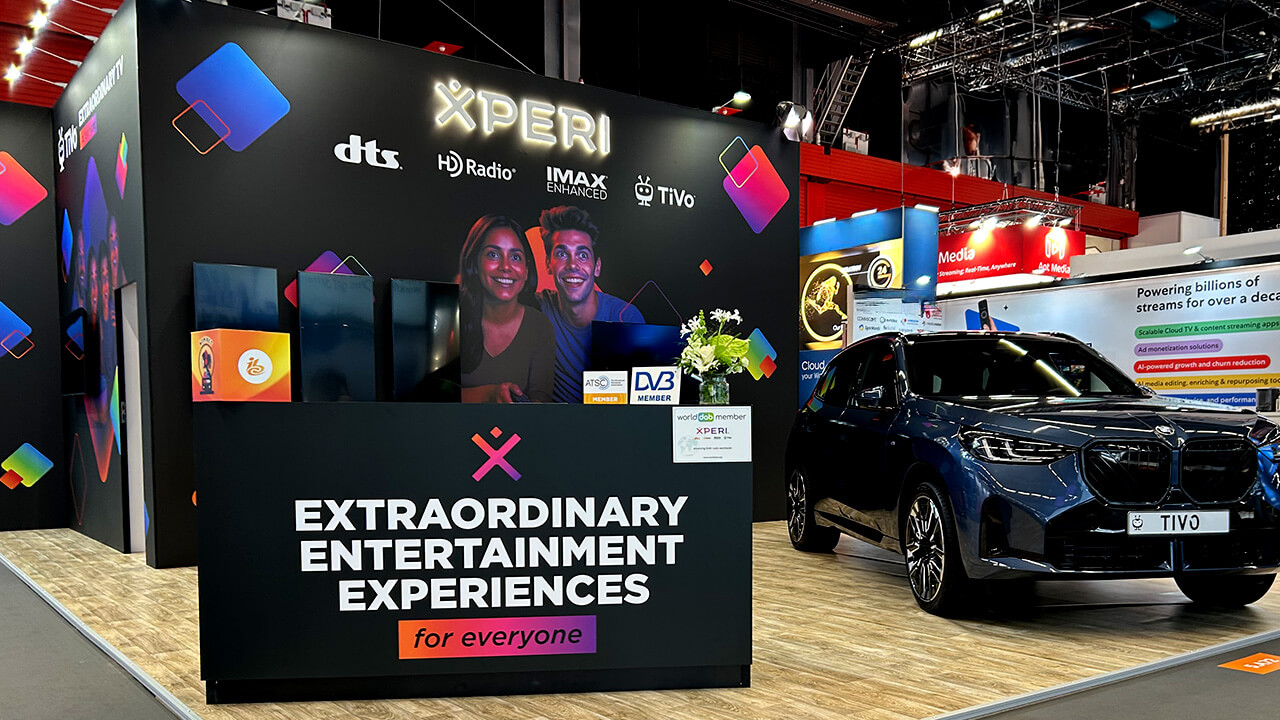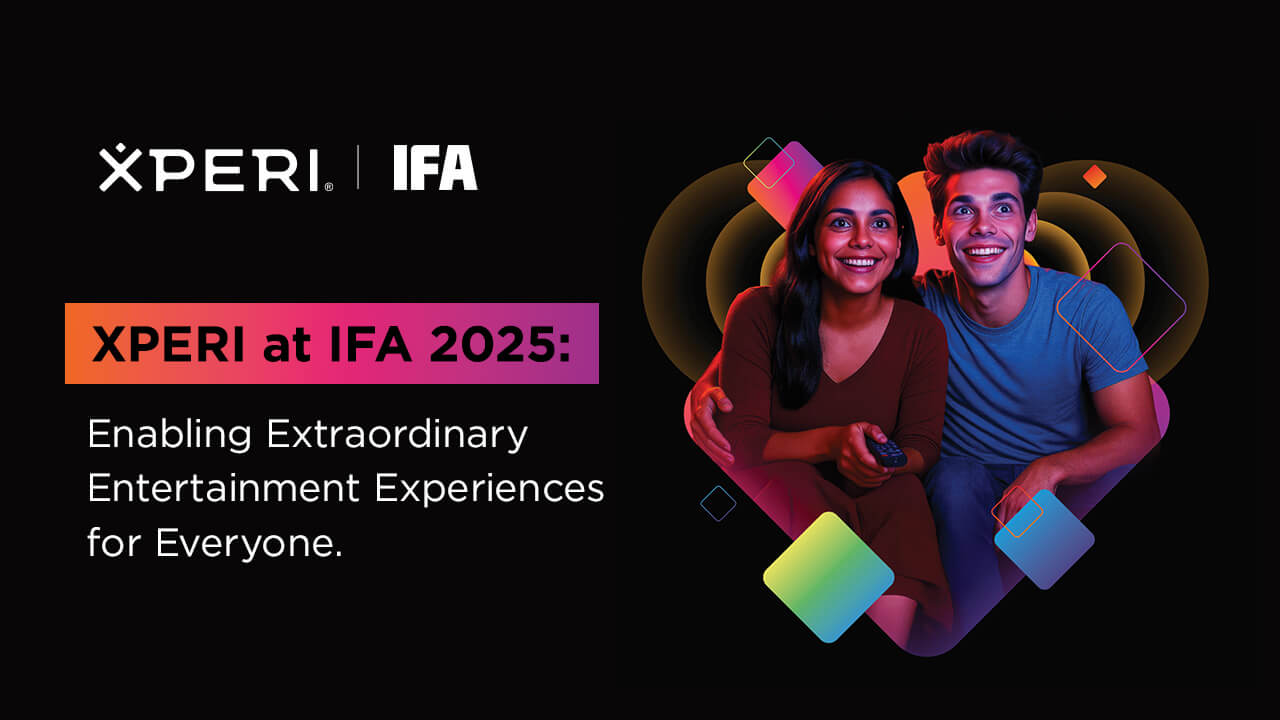By Samara Winterfeld, vice president of product strategy, and Martin Walsh, vice president of audio research and development
As long as humans have been able to express themselves, people have created various forms of entertainment as a way of connecting to each other over our shared humanity. Before the invention of audio and video recording, those experiences could only happen in a live context. You had to be there in the same space as the performers.
Now that entertainment is a fully portable experience, the challenges are different.
What is quality, anyway?
One such challenge can be summarized in these big questions: why are we so willing to forego quality in order to experience an emotional connection to music? Could that connection be even stronger with just an incremental improvement in quality?
If “good enough” is good enough for you, that’s fine. But why do we have 8K TVs equipped with maybe two paper-thin, low-quality speakers? If you’re a technology company, how do you drive value for an audio solution when most people either don’t think there’s anything wrong with their existing solution or just don’t care about audio quality as much as picture quality?
And yet, music is a vital part of a visual storytelling experience. Think about the movie “Jaws.” You may not remember the exact details of the plot of the film, but you’ll never forget the two repeating bass notes that make up the movie’s theme music, or how they made you feel. The music heightened the tension.
Music moves through us. Literally.
Music can affect both our sympathetic and parasympathetic nervous systems. The sympathetic is influenced by content and dynamics, and the excitement of being surprised. The parasympathetic is influenced by how music can directly modify our brainwaves, particularly the alpha waves that are responsible for calm and relaxation.
Listening to pleasurable music has been shown to increase the production of dopamine, a neurotransmitter associated with pleasure and reward. This “feel-good” chemical is a key component of the brain’s reward system and contributes to the enjoyable and often addictive nature of music.
Audio experiences are highly subjective and vary tremendously from person to person, and situation to situation. Different people expect different things, and each situation or location brings a new context to the auditory experience.
Sound and music can alter our entire nervous system, and can cement long-term memories associated with major lifetime events and core memories. From the catchy jingle that helps us recall a product years later, to the powerful flood of emotion and vivid recollection triggered by a forgotten song, our auditory experiences are deeply intertwined with the mechanisms of memory storage and retrieval. These connections are not merely anecdotal; they are rooted in the very structure and function of our brains, where sound processing and memory formation are intimately linked.
Several books have been written about the profound impact music has on our lives, including “This is Your Brain on Music” by Daniel J. Levitin. Despite all the great things music does for us, if we are listening to it in a sub-optimal manner, we do the entire medium a disservice. As we move toward listening with better placement of higher-quality equipment in an acoustically optimal environment, we will start to hear music in a deeper and more meaningful way. In the beginning of his book, for example, Levitin describes how his experience with headphones as a child fundamentally changed and deepened his relationship to music.
All of which begs the question: what is the most optimal way to listen to music? In truth, there are a lot of different answers to that question.
What is the best way to listen?
First, the most acoustically accurate way to listen is to be in the same room with the musicians when they are performing or recording. Live concerts are great, but they are limited in the number of people they can reach, which was part of the impetus for the invention of recorded media in the first place.
Is digital music more accurate? Or an analog source like vinyl? Headphones or speakers? Do you need surround sound? The answers depend on who you ask, really. But at the end of the day, accuracy and acoustic fidelity to the original isn’t the end-all and be-all of a good quality audio experience.
Much of the recent history of audio can be viewed as a series of calculated compromises. We’ve gone from bulky stereo equipment in the home a couple of generations ago to a reality where most of us have unlimited music available in our pockets 24/7. This trend toward mobility has led the industry to prioritize form and convenience over function and quality in many cases. Most people these days no longer experience an ideal environment for listening to audio. With one possible exception: the car.
Car audio: Making a good thing better
For many people, the car is the best audio experience they have. Your vehicle is insulated and enclosed, there are speakers all around you, and you can adjust the volume and balance to your preferences from your fixed listening position. Who hasn’t been at a stoplight and looked over to see someone singing along joyously to the music in their car? Most of us, if we’re being honest, have been that person ourselves. With the exception of driving, when you’re in the car, you tend to be focused on the road and the music, not on doing other things. For many people, the car is the one place where they can be completely surrounded by audio.
Car audio can also be optimized using software to make it even better. For instance, even though the listening position of the driver is fixed in a car, it’s not in the exact center of the cabin. We can use technology to account for this and to adjust the balance of the speakers accordingly.
If you’re stuck in traffic, a good music experience can transport you (psychologically speaking) to a place where the stresses of a daily commute are less significant. Putting on a favorite song can lift your mood and get you through hard times. We’ve all agonized over the perfect soundtrack for our summer road trips. Music is woven into the fabric of our daily lives and for many of us, significant parts of our identities are connected to our favorite music. Vibrant subcultures exist because of music, and the music industry powers a sizable portion of the global economy.
Countless choices
And yet, between the recorded music and our ears, there is an endless array of options for how to listen — speakers, amplifiers and other components — with no consistent standards for what is considered “good” in any of them. Perhaps beauty — acoustically speaking — is truly in the ear of the beholder.
Some people crave high-end audiophile-quality systems, while others will be fine listening to music on a cheap Bluetooth speaker. It’s not important that every individual has the same expectations in terms of the quality of their equipment. What does matter to us is that each individual has the ability to choose the experience that works for their preferences, their lifestyle and their budget. Our partners — who are primarily manufacturers and content providers — demand choice in their technology options because their consumers have such a wide range of preferences. It’s our job to respect those preferences and deliver that choice.
Imagine if you woke up tomorrow morning and all the audio you experienced in your life sounded awful to you. Would you still have the same emotional connection to it? Maybe. Would it be as powerful? Maybe not. Having an audio experience that sounds good to you helps connect you to the larger entertainment experience you’re seeking.
Looking to the future
From the invention of the phonograph to the rise of digital streaming platforms, technological advancements have made music more accessible and immersive. High-fidelity audio systems, noise-canceling headphones, and spatial audio technologies have enhanced the quality of sound, allowing us to experience music in unprecedented ways. Virtual reality and augmented reality are also opening new avenues for interactive and immersive musical experiences.
As technology continues to advance, the future holds exciting possibilities for enhancing our auditory experiences. Innovations in artificial intelligence and machine learning are enabling personalized music recommendations and adaptive soundscapes. Emerging technologies such as brain-computer interfaces may allow us to interact with music in entirely new ways, creating customized auditory experiences based on our neural activity. The integration of haptic feedback and multisensory experiences could further deepen our connection to sound and music.
The people on our team are extremely passionate about doing this work because, in a way, we view ourselves as being on a collective mission to enlighten people about the importance of uncompromised audio. We believe in the power of great audio experiences and that it’s possible to deliver an excellent audio experience to anyone, wherever they are. It’s an honor and a privilege to be working continually to achieve that goal for people everywhere.



